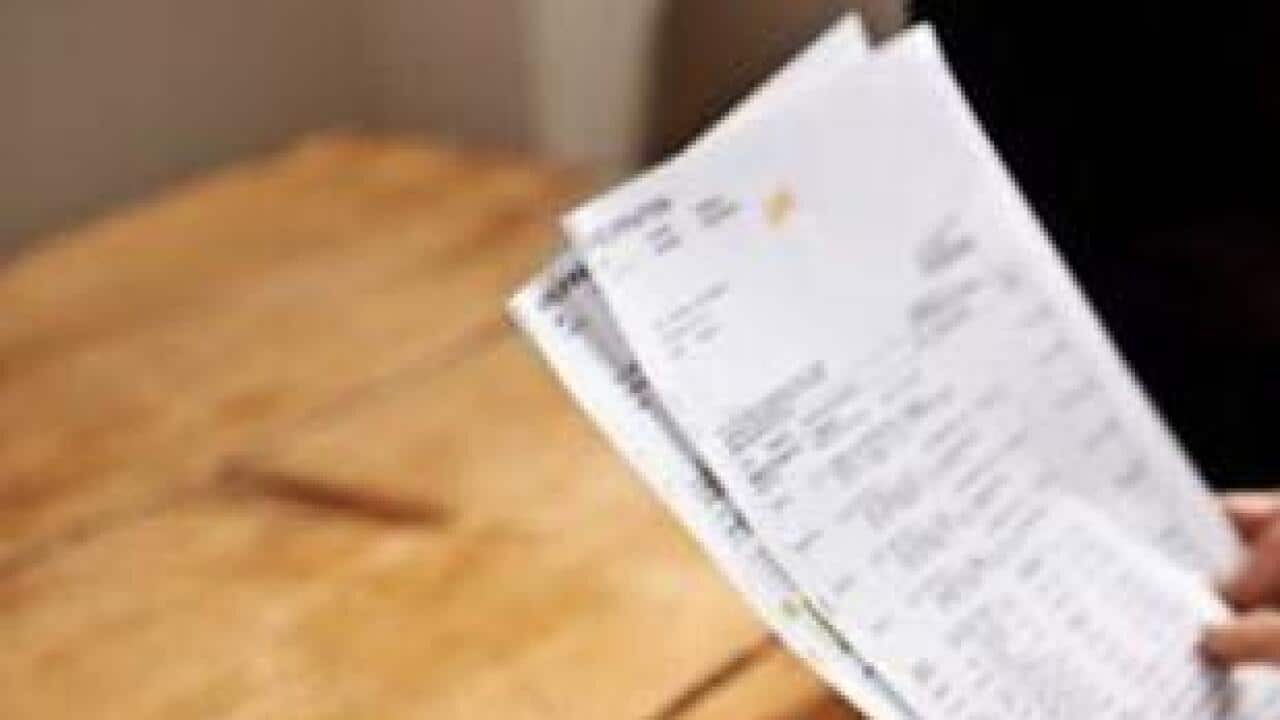Key Points:
- Changes are being introduced to the fixed rate method of calculating working from home deductions.
- The rate you can claim for each hour you work at home is increasing from 52 cents to 67 cents.
- From 1 March, taxpayers will also have to keep more detailed records of the hours they work from home.
If you've spent the past few years working from home, you might think you're across what expenses you can claim on your tax return. Think again.
The Australian Taxation Office (ATO) has announced changes to working-from-home deductions for the 2022/23 financial year, with some taxpayers facing extra responsibilities from 1 March.
Here's what you need to know.
What's changing?
To claim working-from-home deductions, Australian taxpayers can choose one of two methods: the "actual cost" method or the "fixed rate" method.
The fixed rate method is the one that's changing this year, with the amount you can claim for each hour you work from home increasing from 52 cents to 67 cents.
The type of working-from-home expenses the rate covers are also changing, as are the records you need to keep.
The requirement to have a home office set aside for work in order to be able to claim deductions is also being removed.
The ATO said the changes to the fixed rate method were being made to "better reflect contemporary working from home arrangements".
What expenses does it cover?
The previous 52 cents fixed rate method covered the decline in the value of home office furniture, energy expenses for heating, cooling, and lighting, and the cost of cleaning your dedicated home office.
The revised fixed rate method includes deductions for:
- Home and mobile internet or data
- Home and mobile phone usage
- Electricity and gas for heating, cooling, and lighting
- Stationery and computer consumables, like printer paper and ink
If you use the fixed rate method to calculate your working-from-home expenses, you can't claim a separate, additional deduction for any of the items it covers.
You're still allowed to claim deductions for expenses that the method doesn't cover, though. This includes things like computers, phones, and office furniture.
If an item costs $300 or less and you use it mainly for work, you can claim an immediate deduction for it during the financial year of purchase.
But if it costs more than $300, you can only claim a deduction for the decline in its value over its effective lifetime.
You can also claim any costs you incur for the repairs and maintenance of the items.
If you use the item for both professional and personal purposes, you can only claim the work-related portion as a deduction.
In special circumstances, taxpayers with a dedicated home office may also be able to claim occupancy expenses such as mortgage interest or rent, or cleaning expenses.
What records do I need to keep?
In previous financial years, taxpayers were required to keep records of either the actual number of hours they worked from home, or of a continuous four-week period that represented their usual pattern of working from home.
But from 1 March, the ATO will only accept a record of the actual hours you worked from home during the relevant financial year. Documents like rosters, timesheets, or a diary will suffice.
You also need to keep records of each expense you incur. This means if you use your phone when working from home, you’ll need to have a copy of your bill on hand. The same goes for electricity, gas, and internet, as well as any furniture or technology you use.
For those concerned about the changes around record-keeping coming in partway through the financial year, don’t fret - the ATO has put transitional arrangements in place.
"From 1 July 2022 to 28 February 2023, we'll accept a record which represents the total number of hours worked from home (for example a four-week diary)," ATO assistant commissioner Tim Loh said.
Regardless of which method you choose to calculate your deductions, the ATO advises keeping records of all work-related expenses you incur throughout the financial year.
"This will give you more flexibility to choose the method that gives you the best deduction at tax time depending on your circumstances," Mr Loh said.











